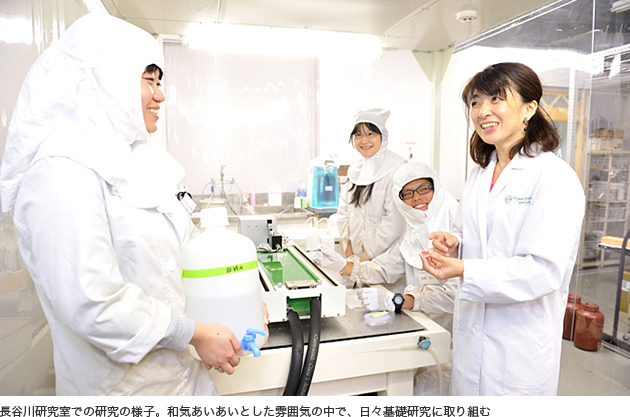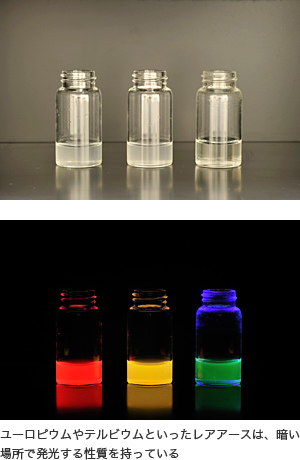Students in my lab are often asked in job interviews, "What is the use of your research?" When asked, I instruct them to answer, "The distinctive feature of our lab is that we do not conduct research aimed at immediate use, but research that can only be done at a university, which pursues eternal truths. This research is also connected to the principles of designing new materials." In fact, I have a secret ambition. That is, "Through all my research until I retire, I will find a 'principle' that will be included in textbooks around the world."
It was more than 15 years ago that I came up with the idea for my research into the expression of polarized luminescence by forming a film of soap molecules and praseodymium. I came up with this new idea while searching for a topic, hoping to take on a research theme that no one had yet tackled. At the time, I had no idea how it could be applied. However, after I published a paper on it in 2007, experts from a variety of fields suggested possible applications from their own perspectives. One after another, ideas that I would never have thought of came up, such as applications to next-generation displays, anti-prying features in bank ATMs, and security inks to prevent counterfeiting of bank notes.
The discoveries of new materials and new mechanisms lead to possibilities that even the researchers themselves had never anticipated...this is the true joy of basic scientific research.
The new molecule announced in January 2014 is not only a simple molecule that emits beautiful light, but also has a helical structure. Ten years ago, the need arose for a "rare earth molecule that would glow strongly in solution," and after much effort in molecular design, the helical structure was finally achieved. Water and other solutions are also collections of molecules. The problem was that the rare earth molecules would stop emitting light when the molecules swayed back and forth. However, by creating a molecule with a helical structure, it was possible to overcome this problem and create a new luminous molecule.
One of the reasons why Japan has produced so many Nobel Prize winners is the Japanese people's passion and tenacity in basic research. Taking time to concentrate on research... this research culture, which is also related to the "craftsmanship" of the craftsmen, has been passed down through the generations. The fact that many high-quality research results have been produced in-house, such as blue light-emitting diodes, lithium-ion batteries, and carbon nanotubes, is proof that such a research culture has been cultivated in companies as well. We must pass on this Japanese research culture to the next generation.
Nowadays, young people are turning away from science, which has become a problem, but I believe that there is no distinction between "science" and "humanities" in the human mind. This is because I was once a humanities student myself. Originally a fan of classical literature, I was aiming to enter College of Literature as a high school student, but I could not forget the fascination with science that I discovered through my summer vacation independent research project, and so I enrolled in the Faculty of Science and College of Science and Engineering Aoyama Gakuin University. This was the trigger that led me to pursue a career as a chemist.
When deciding on your future career path, I think it's a waste to base your decision on "subjects," such as "I'm not good at science" or "I'm good at math." Instead, I want students to value their curiosity and desire to "know" things they don't understand.
The principle that you discover may completely change the world thereafter... just imagining that makes you feel excited, doesn't it?

(Published in 2014)





